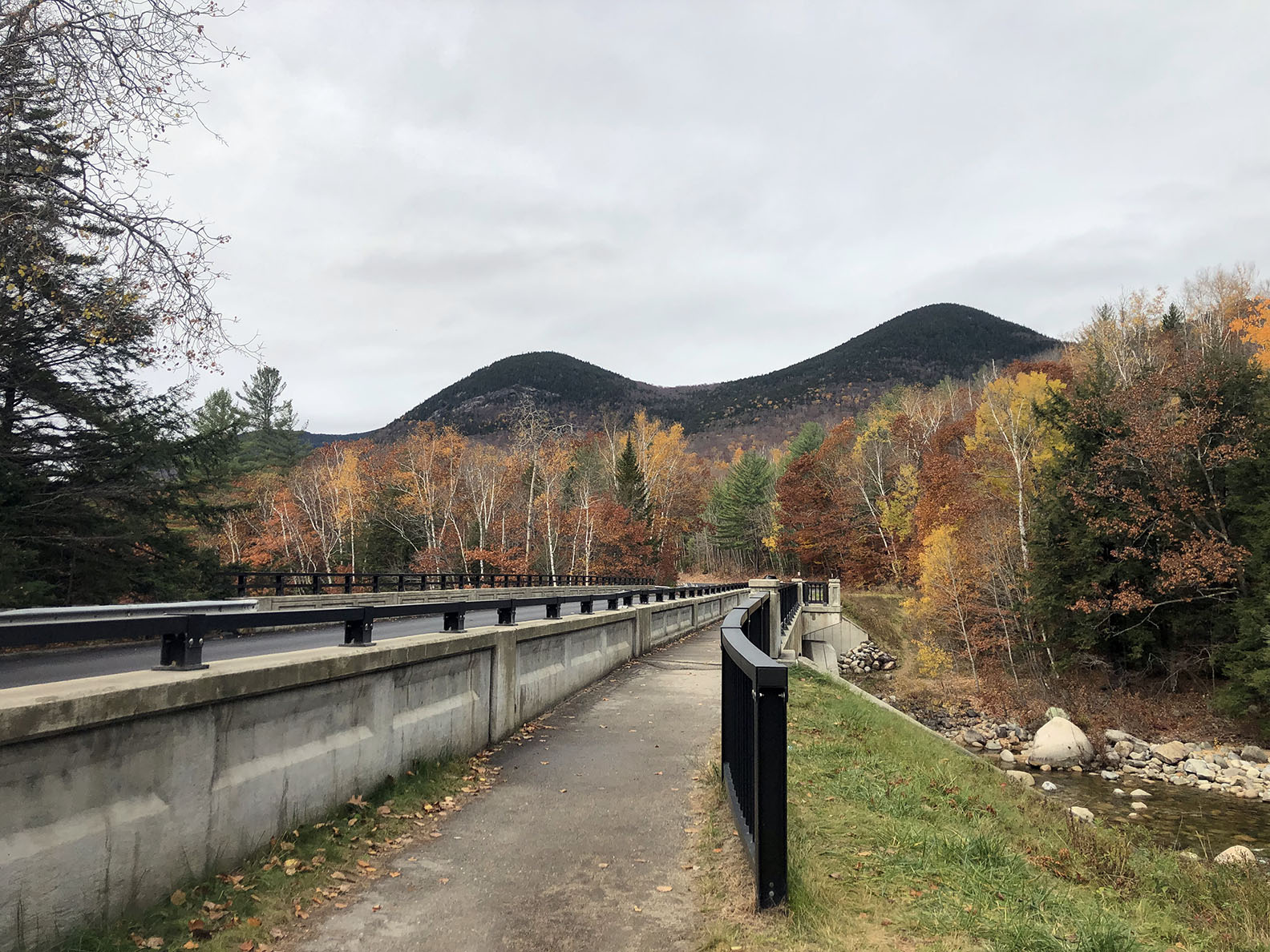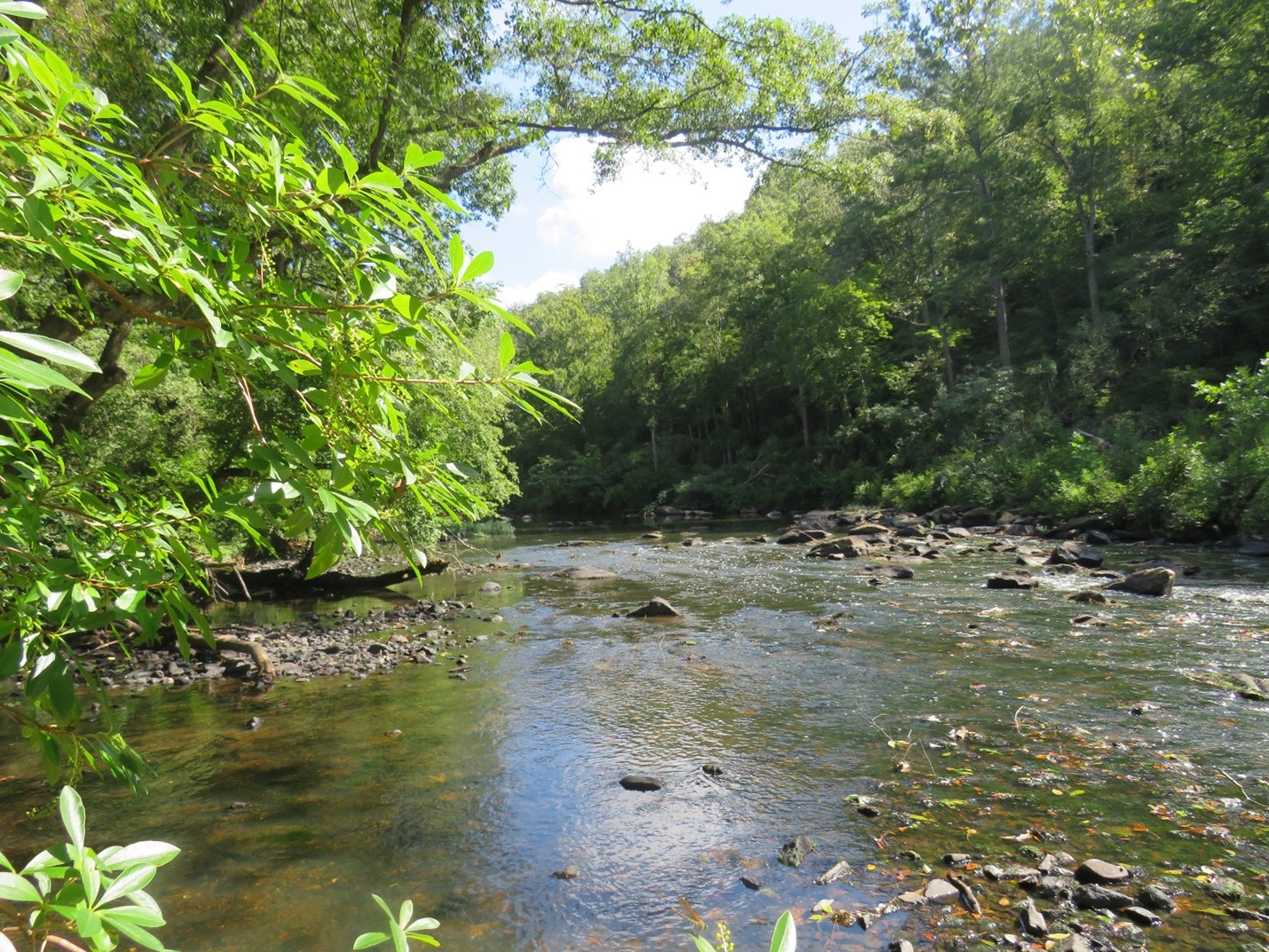First of its Kind, Database Tracks Longleaf Ecosystem Restoration and Management
USDA Natural Resources Conservation Service and Partners Led Historic Work
Greenville, S.C – December 11, 2023 – The U.S. Endowment for Forestry and Communities (Endowment) commends the USDA Natural Resources Conservation Service (NRCS), The Florida Natural Areas Inventory (FNAI), The Longleaf Alliance (TLA), and dozens of other partners on the creation of the Southeast Longleaf Pine Ecosystem Occurrences Geodatabase (LEO). This unique database is the only central repository for known occurrences of longleaf pine ecosystems.
LEO will play a critical role in helping partners meet the goals of America’s Longleaf Restoration Initiative (ALRI). It will help ensure that public and private funds for longleaf management are directed to the highest priorities, accelerating the restoration of this environmentally and economically important ecosystem. The LEO project was led and funded by NRCS and administered by the Endowment.
The longleaf pine ecosystem is unique to the Southeastern U.S., and once occupied an estimated 90 million acres. By 2006, about three million acres remained, with only about 12,000 acres retaining an old growth component with a biologically diverse understory. Longleaf is one of the most biologically diverse ecosystems north of the tropics, with healthy sites featuring from 150 to 300 species of groundcover plants per acre. Longleaf ecosystems harbor more than 120 threatened and endangered species, including the red-cockaded woodpecker and gopher tortoise. Longleaf contributed to the regional and national economy through the naval stores industry, as a source of high-quality timber, for livestock forage, and quail hunting.
The 2009 Range-wide Conservation Plan for Longleaf Pine called for a long-term, science-based assessment of the spatial extent, arrangement, and condition of longleaf ecosystems. Bridgett Costanzo, NRCS’s Regional Working Lands for Wildlife Coordinator, said “LEO is the cornerstone of that assessment. It creates a baseline of knowledge that can be used to plan and evaluate longleaf restoration work.” As of July 2023, the LEO project confirmed approximately five million acres of longleaf, with about 90% reported as dominant or codominant stands. LEO could serve as the foundation for a “dashboard” of longleaf pine ecosystem status and help track the success of ALRI.
FNAI received NRCS funding to create the database, expanding a model already in place for Florida. “Our work with the Florida Forest Service in 2012-2018, set the stage for LEO,” said Amy Knight, GIS Program Specialist with FNAI. “It showed that a near-comprehensive, ground-verified map of longleaf was possible. LEO is not just the presence of longleaf trees. We also measure ecological conditions to help identify the highest quality sites and track progress toward management and restoration goals. As one forester put it, we are ‘assembling pieces of the longleaf ecosystem puzzle.’ The many partners who have provided data, participated in field surveys, and assisted with outreach, are key to LEO’s success. We are excited to see LEO being used for longleaf conservation and management planning.”
TLA received NRCS funding to conduct rapid assessment surveys, building on the known occurrences collected from partners and FNAI. To date, the surveys have cataloged more than 1.4 million acres of longleaf. “We worked with 12 Longleaf Implementation Teams (LIT), surveying more than 20,000 sites and collaborated with dozens of partners and contractors. LEO is advancing more informed management and decision-making for longleaf locally and range wide. We see LEO as a vital tool for the next 15 years of ALRI,” said Ryan Bollinger, LIT Consul and Regional Initiatives Director with TLA. “We are proud to be a part of this groundbreaking, collaborative effort led by FNAI and are thankful for the many Longleaf partners across the range who have brought the LEO project to reality.”
“The need for this database was identified more than a decade ago, and with NRCS’s commitment to this project, a more cohesive and systematic approach has now been implemented,” said Peter Stangel, the Endowment’s Chief Operating Officer. This project fills a critical gap in longleaf conservation and further solidifies the collaboration for which ARLI is so well-known.”
The recently released 2025-2040 Range-wide Conservation Plan for Longleaf Pine sets the stage for the next 15 years of longleaf restoration. LEO will play a vital role in monitoring and evaluating partner progress on the plan. ALRI partners are currently in the process of securing funds that will be used for the development of a comprehensive monitoring protocol. The aim is to ensure the ongoing maintenance of LEO, as well as to create innovative tracking tools. These tools will not only complement but also enhance our understanding of the extent and condition of longleaf pine ecosystems.
About the U.S. Endowment for Forestry and Communities:
The U.S. Endowment for Forestry and Communities is a not-for-profit public charity collaborating with partners in the public and private sectors to advance systemic, transformative, and sustainable change for the health and vitality of the nation’s working forests and forest-reliant communities. To learn more about the Endowment, please visit our website at https://www.usendowment.org/
About the USDA Natural Resources Conservation Service:
USDA’s Natural Resources Conservation Service helps people make investments in their operations and local communities to keep working lands working, boost rural economies, increase the competitiveness of American agriculture, and improve the quality of our air, water, soil, and habitat. We deliver conservation solutions so agricultural producers can protect natural resources and feed a growing world.
About The Longleaf Alliance:
The Longleaf Alliance is non-profit organization working throughout the range of longleaf pine to emphasize the ecological, economic, social, and historic importance of this once vast ecosystem. Since its inception, The Longleaf Alliance has used outreach, education, research, direct involvement, and hands-on experience to develop and provide the best available information and support in an unbiased manner to landowners, managers, policymakers, educators, and the public.
About The Florida Natural Areas Inventory:
The Florida Natural Areas Inventory (FNAI) is administered by Florida State University, and a leading member of the NatureServe International Network of Natural Heritage Programs and Conservation Data Centers. The program was established in 1981 and has functioned to collect, analyze, and disseminate ecological information critical to the conservation of Florida’s biological diversity. In the last decade FNAI’s expertise across many conservation disciplines has resulted in regional expansion of work into other southeastern states.
For media information, contact:
Wendy McCarthy, Director of Public Relations at Crawford Agency
wendy@crawford.agency (864) 248-4290




